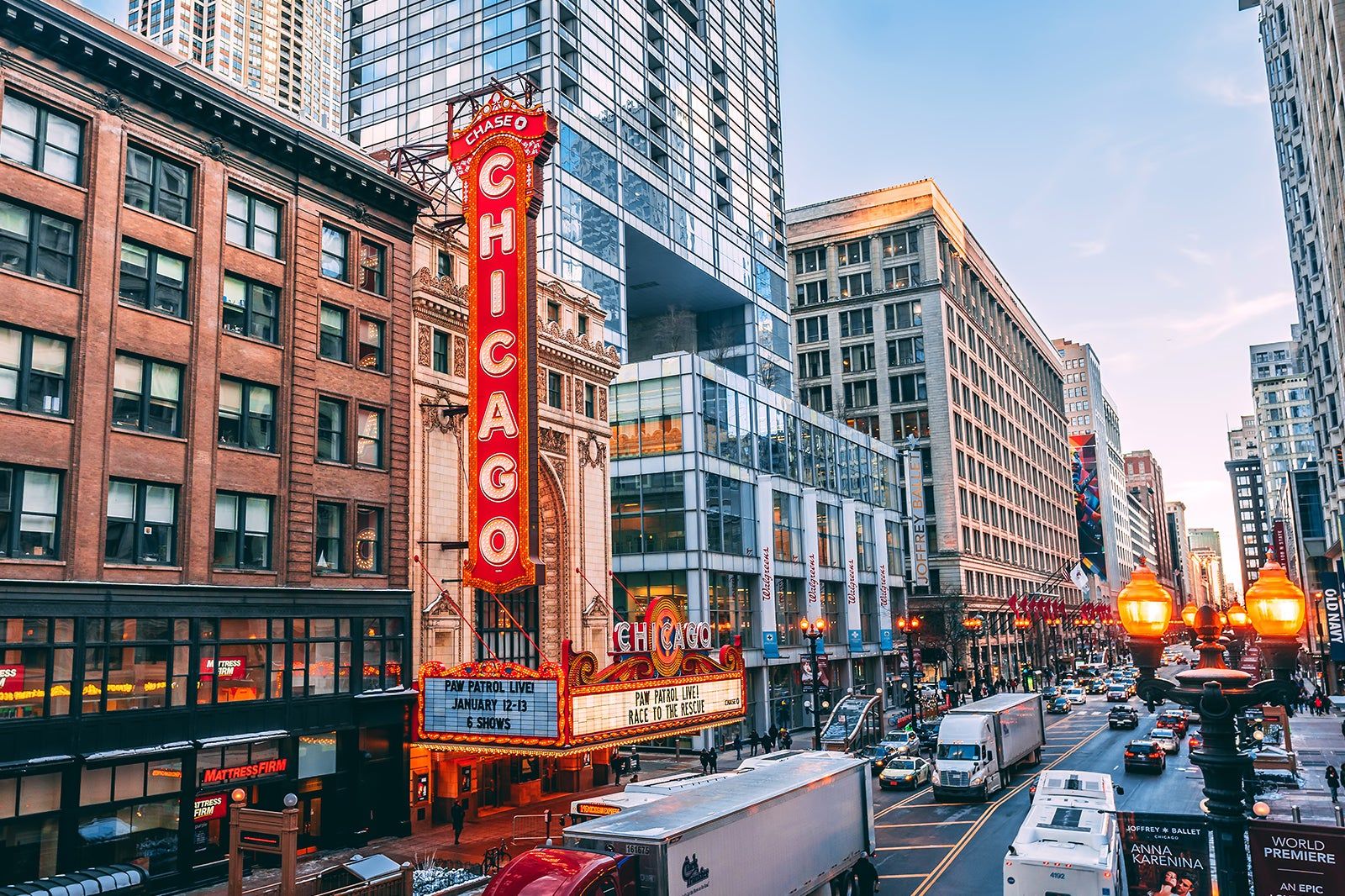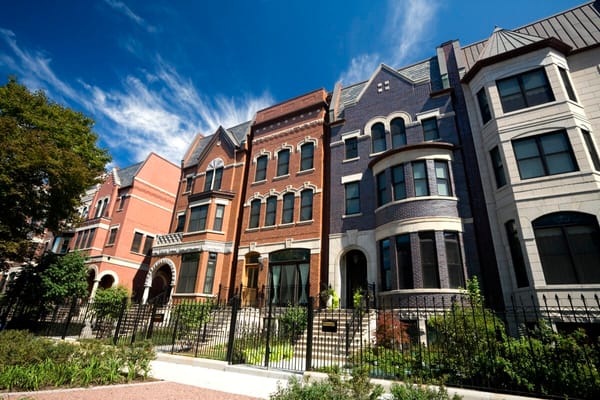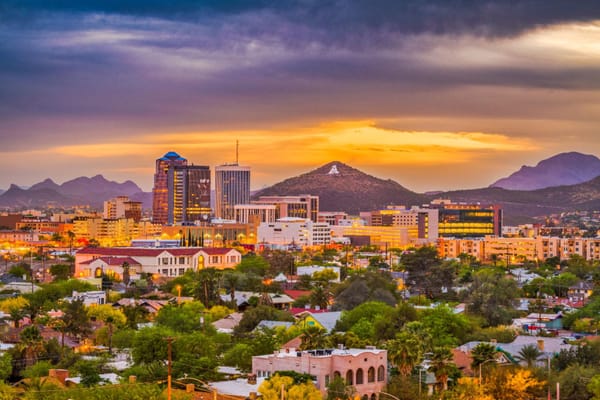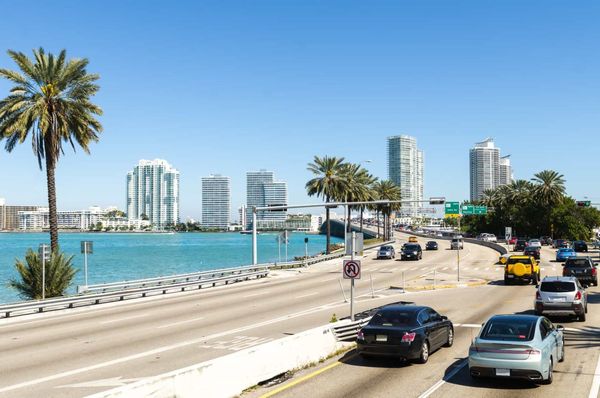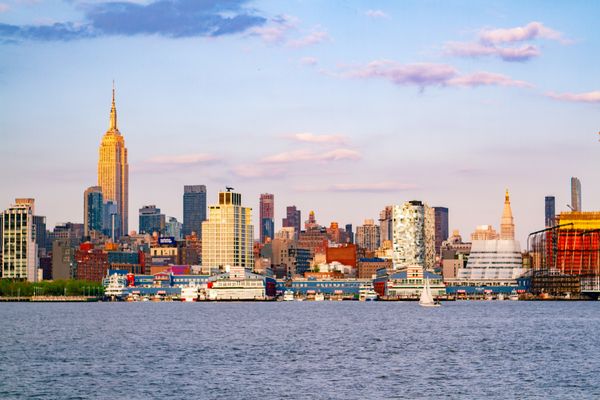The United States is made up of 50 unique states, each with its own unique characteristics. Some states have surprisingly high crime rates on a state level, but may have specific towns and cities that account for much of the negative crime data. Crime rates can vary by type, ranging from violent crime to property crime such as theft, shoplifting, and car break-ins.
In this article, we will explore the most dangerous states in the US, taking into account both violent crime and property crime statistics.
Most Dangerous States in the US
When considering the most dangerous states in the US, we can evaluate each state based on the number of violent crimes per capita and also by the total number of aggregate crimes. Below we look at both views into crime rates, first on a per capita basis.
Ranked by Crime Per Capita
Evaluating crime rates on a per capita basis versus a total (aggregate) basis can yield contrasting pictures of crime prevalence across US states. A per capita assessment, which calculates the number of crimes relative to the population, offers a proportionate understanding, making comparisons among states fairer.
On the other hand, total crime figures may misrepresent crime severity in densely populated states, as higher aggregate numbers might be due to larger population sizes rather than a genuine reflection of safety. Thus, per capita metrics are often deemed more insightful for comparing crime rates.
1) New Mexico
New Mexico has the highest property crime rate in the country, with a rate of 3,420.2 per 100,000 people. The state also has a high violent crime rate, with a rate of 856.1 per 100,000 people. The state has a high poverty rate, which contributes to crime.
2) Louisiana
Louisiana has a high property crime rate, with a rate of 3,281.4 per 100,000 people. The state also has the highest murder rate in the country, with a rate of 13.4 per 100,000 people. The state has a history of gun violence, and political leaders have been reluctant to impose restrictions on guns.
3) Arkansas
Arkansas has a high property crime rate, with a rate of 3,126.3 per 100,000 people. The state also has a high violent crime rate, with a rate of 532.3 per 100,000 people. The state has a high poverty rate, and drug-related crimes are common.
4) Alaska
Alaska has a high property crime rate, with a rate of 3,025.6 per 100,000 people. The state also has a high violent crime rate, with a rate of 804.2 per 100,000 people. The state has a high poverty rate, and substance abuse is a significant problem.
5) South Carolina
South Carolina has a high property crime rate, with a rate of 3,016.7 per 100,000 people. The state also has a high violent crime rate, with a rate of 570.4 per 100,000 people. The state has a high poverty rate, and gang violence is prevalent in some areas.
6) California
California has a high property crime rate, with a rate of 2,946.3 per 100,000 people. The state also has a high violent crime rate, with a rate of 441.2 per 100,000 people. The state's large population can contribute to higher crime rates, and gang violence is a significant problem in some areas.
7) Maryland
Maryland has a high property crime rate, with a rate of 2,637.9 per 100,000 people. The state also has a high violent crime rate, with a rate of 518.4 per 100,000 people. The state has strict gun control measures, but the state also has a history of gang violence.
8) New York
New York has a high property crime rate, with a rate of 2,510.5 per 100,000 people. The state also has a high violent crime rate, with a rate of 488.1 per 100,000 people. The state has been criticized for its lack of police effectiveness in the New York City region and even defunding aspects of the crime prevention programs in recent years.
Ranked by Total # of Crimes
Below is a list of the most dangerous states in the US, based on their total crime numbers.
1) California
With a population of nearly 40 million, California is the most populous state in the US, and it unsurprisingly tops the list when ranking states by the total number of crimes committed. Some experts have attributed this rise in crime to the city's soft policing policies and laws. The city has implemented policies such as not prosecuting "quality of life" crimes and not charging individuals who steal goods valued at less than $950. Many law enforcement officials have expressed frustration with the city's lack of support for policing efforts, including underfunding and a shortage of officers.
2) Texas
The Lone Star State is the second most populous state in the country and ranks second in terms of total crimes. With an estimated population of over 29 million, Texas has experienced a rise in crime rates over the past years. This includes an increase in drug-related crimes, human trafficking, and violent crimes, particularly in major urban areas such as Houston, Dallas, and San Antonio.
3) New York
New York, home to over 19 million people, is the fourth-largest state by population. New York City metro has seen a spike in crime, particularly in violent crimes such as shootings and homicides. Some experts attribute this increase to recent bail reform laws, which have allowed more suspects to be released from jail without bail, and other policies such as reducing the number of police officers and dismantling specialized units. Critics argue that these policies have emboldened criminals and contributed to a sense of lawlessness in the city, making it less safe for residents and visitors alike.
4) Florida
Florida is the third-largest state in terms of population, with over 21 million residents. As a popular tourist destination, it attracts a significant number of visitors each year. Unfortunately, this also results in an increase in the number of crimes committed in the state. Florida has faced issues with property crimes, drug offenses, and violent crimes, particularly in major cities like Miami and Tampa. That being said, there are several very safe cities in Florida that exhibit low crime numbers, great schools and desirable neighborhoods.
5) Illinois
Illinois, with a population of approximately 12.6 million people, ranks fifth in total crimes. While the state's crime rate has seen a decrease over the years, it still faces challenges with gang violence, drug trafficking, and property crimes. The city of Chicago, in particular, has been grappling with a high rate of violent crimes for years, which contributes significantly to the state's overall crime numbers.
Final Considerations
Analyzing the data from the FBI Uniform Crime Report, it's evident that violent and property crimes remain a pressing concern in several states across the nation. Dangerous states in America, especially within the Southern and Western regions, tend to showcase violent crime rates that surpass the national average. Whether it's sexual assault, aggravated assault, or even drunk driving arrests, these states unfortunately stand out due to their high violent crime rates.
However, one must remember that crime rates vary from state to state, and a single dimension like the state's violent crime rate doesn't encapsulate the full picture of a dangerous state. While some states might have high violent crime rates, they may also suffer from poor health outcomes, vehicle theft, or even the threat of natural disasters. It's crucial for residents and potential visitors to be aware and informed, ensuring they can safely navigate the most dangerous states and understand the nuances between violent crimes and other threats.
Conclusion
The issue of safety is a major concern for many Americans, particularly in the most dangerous states in the US. While violent crime rates in the US is a key concern, other factors such as workplace safety, residential safety, and financial safety are also important. Emergency preparedness is crucial for personal and residential safety, and road safety and motor vehicle theft are also important considerations. Law enforcement employees play a crucial role in ensuring the safety of residents, and the highest murder rate can often be found in the most dangerous cities.
However, it's not all bad news, as some cities have achieved the lowest violent crime rate, showing that it's possible to make progress in improving safety. It's important for individuals and communities to be aware of the risks and take steps to mitigate them, whether it's by installing home security systems, supporting law enforcement efforts, or advocating for stronger emergency preparedness measures.

